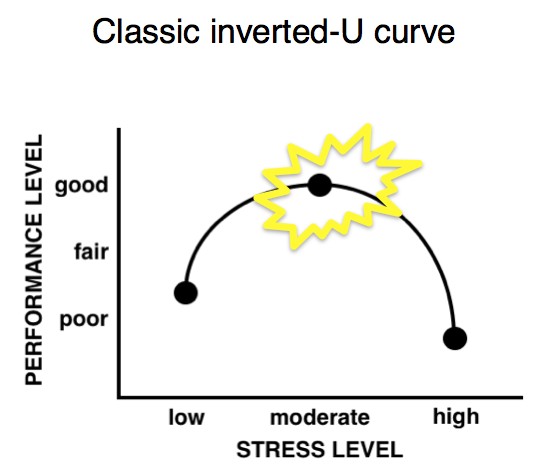Understanding how the brain learns is crucial for effective teaching and learning. Neuroscience offers valuable insights into the biological processes behind knowledge acquisition. This article explores key principles derived from neuroscience research, highlighting the factors that influence learning and their practical applications in education.
The Neuroscience of Learning: Key Principles
Neuroscience reveals that learning physically changes the brain. This process, known as neuroplasticity, involves the strengthening and formation of new neural connections. Several factors contribute to optimal brain changes for learning:
The Role of Stress in Learning
Research indicates a complex relationship between stress and learning, often depicted as an “inverted U curve.” Moderate stress levels, associated with moderate cortisol release, can enhance learning by increasing alertness and focus. However, mild or excessive stress hinders learning. Mild stress lacks the stimulation needed for engagement, while high stress triggers a “fight-or-flight” response, diverting resources away from cognitive functions.
 The Inverted-U Relationship Between Stress and Performance
The Inverted-U Relationship Between Stress and Performance
Individual responses to stress vary significantly. What constitutes moderate stress for one person might be overwhelming for another. Educators should strive to create a learning environment that balances challenge and support, minimizing anxiety while promoting active engagement. Strategies like incorporating novel activities or varying teaching methods can introduce manageable stress levels.
Sleep, Nutrition, and Exercise: Foundations for Learning
Adequate sleep, proper nutrition, and regular exercise are essential for optimal learning. These factors promote neuroplasticity, neurogenesis (the formation of new neurons), and regulate stress and happiness hormones (cortisol and dopamine). Conversely, sleep deprivation, poor diet, and lack of exercise can impair cognitive function and hinder learning.
Active Learning and Brain Engagement
Active learning techniques, which encourage student participation and higher-order thinking, stimulate multiple brain regions. This multifaceted engagement strengthens neural connections and promotes memory consolidation. Activities that involve creating, evaluating, analyzing, and applying information activate cortical areas responsible for decision-making and association, leading to more robust learning compared to passive learning approaches.
Applying Neuroscience to Education
Understanding the neuroscience of learning can inform effective teaching practices. By incorporating active learning strategies, managing stress levels, and promoting healthy lifestyle choices, educators can create environments that optimize brain function and facilitate learning. Encouraging activities that challenge students to apply knowledge, analyze information, and solve problems can lead to deeper understanding and improved retention.
Conclusion
Neuroscience provides a valuable framework for understanding how we learn. By applying these insights, educators can create learning experiences that maximize student engagement, promote deeper understanding, and foster a lifelong love of learning. Continued research in neuroscience promises even more refined strategies for enhancing education in the future. Further exploration of resources like those listed below can provide a deeper understanding of this fascinating field.
Further Reading
- Blakemore, S-J., & Frith, U. (2005). The Learning Brain: Lessons for Education. Malden, MA: Blackwell.
- Felder, R. M., & Brent, R. (1996). Navigating the Bumpy Road to Student-Centered Instruction. College Teaching, 44, 43–7.
- Tokuhama-Espinosa, T. (2011). Mind, Brain, and Education Science: A Comprehensive Guide to the New Brain-Based Teaching. New York: W. W. Norton.
- Walker, J. D., et al. (2008). A Delicate Balance: Integrating Active Learning into a Large Lecture Course. CBE Life Sciences Education, 7(4), 361–67.
- Winter, D., et al. (2001). Novice Instructors and Student-Centered Instruction: Identifying and Addressing Obstacles to Learning in the College Science Laboratory. The Journal of Scholarship of Teaching and Learning, 2(1), 14–42.
